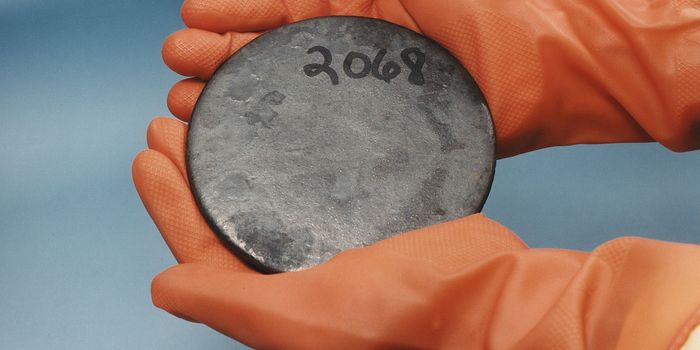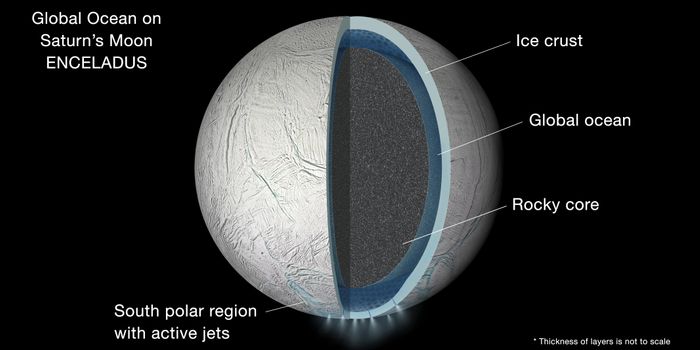Metal exposure linked to increased risk of coronary disease
A study published in Journal of the American College of Cardiology by McGraw et al. offers compelling evidence that underscores the significant role environmental pollutants, particularly heavy metals, play in cardiovascular disease (CVD) and other health outcomes. This research, focusing on the exposure to metals such as lead, cadmium, and mercury, highlights the persistent threat posed by these pollutants, especially in communities that bear a disproportionate burden due to their socioeconomic or geographic circumstances.
At the core of the study is the relationship between metal exposure and adverse cardiovascular outcomes. These metals, often released into the environment through industrial activity, vehicular emissions, or contaminated water supplies, have been shown to accumulate in the body over time, leading to a cascade of toxic effects. Lead, for example, has been linked to hypertension and arterial stiffness, while cadmium has been associated with increased risks of coronary artery disease. Mercury exposure, predominantly from contaminated fish, has been implicated in higher risks of myocardial infarction and other cardiovascular issues.
The research shows that lower-income communities and marginalized groups, particularly those living near industrial sites or in areas with insufficient environmental regulation, face significantly higher exposure to these harmful metals. This geographic and social disparity in exposure is crucial in understanding the broader implications of the study. Communities that are already vulnerable due to limited access to healthcare or economic resources are further disadvantaged by their environment, exacerbating health inequities and perpetuating cycles of poor health outcomes.
“The findings of McGraw et al. have important implications for public health, health equity, and clinical practice. The study provides additional support for the need of large-scale public health action to lower acceptable limits of metals in air and water and improve enforcement of metal pollution reduction, particularly in communities experiencing disproportionate exposures,” according to a trio led by Sadeer Al-Kindi, MD, of Houston Methodist.
In addition to the public health implications, the study also suggests a need for changes in clinical practice. Physicians and healthcare providers, particularly those serving high-risk populations, may need to consider environmental factors such as metal exposure when diagnosing and treating cardiovascular diseases. Routine screening for heavy metal exposure could become a part of standard healthcare practices, especially in communities known to have high exposure risks. This would allow for earlier interventions and potentially prevent some of the long-term health effects associated with metal toxicity.
Moreover, the findings call for a broader reevaluation of current environmental policies. While regulations on metal emissions have existed for decades, the McGraw et al. study demonstrates that current limits may not be stringent enough to protect public health adequately. Revising acceptable levels of metal pollutants in the air, water, and soil is crucial. Policymakers must also focus on improving the enforcement of these regulations, particularly in areas where industrial pollution is prevalent.
Reducing metal exposure requires a collective effort, not only from healthcare providers and public health officials but also from industry leaders, regulatory bodies, and communities themselves. Public awareness campaigns, stricter environmental regulations, and corporate accountability for pollution are all critical components of a comprehensive strategy to address this pressing issue.
Sources: Journal of the American College of Cardiology, MedPage Today








